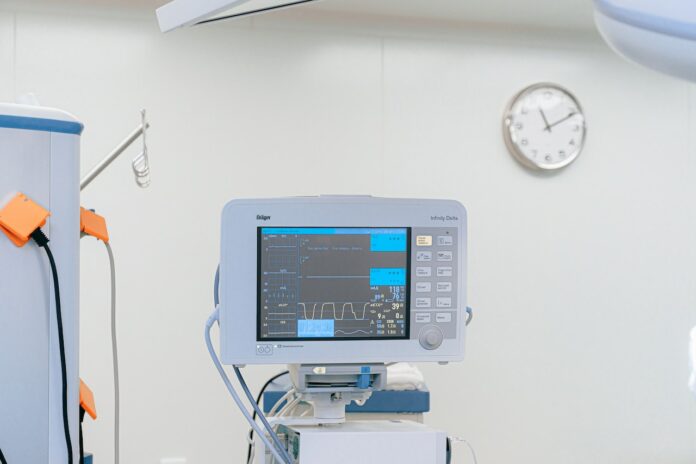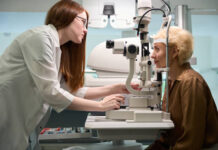There are some interesting trends in medical devices and in vitro diagnostics (IVDs). Digital healthcare technologies are changing the landscape of medicine and health, particularly in first-world countries. We take a look at the key trends that are making themselves known.
Diagnostics Is Devolving To The Individual
Technology has seen rapid growth in accurate and easy-to-use diagnostic tests that can be carried out at home by the consumer. Rather than going to a doctor first, many people are opting to purchase tests and self-diagnose before seeking medical treatment. These tests, as well as medical diagnostic machines, have become more readily accessible to consumers, and this trend is set to increase as more diagnostic devices and tests are developed. This will result in a decrease in doctors’ appointments and may alleviate strain on the healthcare system.
Retail Healthcare
Retailers are increasingly able to offer their customers various medical procedures that were previously the domain of the medical profession. Covid played a role in making vaccinations available at various non-medical outlets. Having blood pressure tested or doing blood tests is being made available at retail stores and this trend is set to accelerate. This also reduces the load on the medical profession.
Digital Mindset And Big Data
Without a digital mindset, a health-tech company will not be able to compete effectively in the healthcare market. There is an increased need for healthcare data to be collated and available for analysis. The medico-technical industry needs access to big data to fuel innovation in research and the development of medical devices. The NHS has prioritised information integration across the board. Real-world data is necessary to determine the efficacy and side effects of drugs and medical treatments.
Wearable Technologies And Software
Patients are better able to take charge of their health as a result of the availability of wearable medical devices and matching software that makes reports and records data on a smartphone. Preventative care is being made possible by artificial intelligence (AI) as technologies are being designed to test for cancers ahead of symptoms appearing. There is still some reluctance to use AI, but it has become a reality and is here to stay. Increasing numbers of medical devices will use AI.
Telemedicine And Remote Monitoring
Again, Covid was partly responsible for the increase in telemedicine. But with restrictions removed, patients continue to select this option for its convenience and lower costs. Medical devices that are used for remote patient monitoring (RPM) have become fairly commonplace and will become a fixture in healthcare facilities. Additionally, devices are being developed to make a diagnosis and recommend a treatment protocol. This is being complemented by electronic health record systems, wearable technology, etc., which is set to expand in 2023 and going forward. RPM will have a marked effect on how medical devices are regulated.
Personalised Medicine
Medical devices capable of diagnostic tests and DNA sequencers are anticipated to grow strongly in 2023 and the following years. This was preceded by discoveries in genomics that has helped medical practitioners arrive at increased knowledge of the causes and cures for diseases. Medical treatment can thus be personalised for individual patients instead of a broad and identical protocol for all patients.
Medical devices are giving patients more autonomy over their bodies and helping physicians to provide targeted, personalised treatments.









